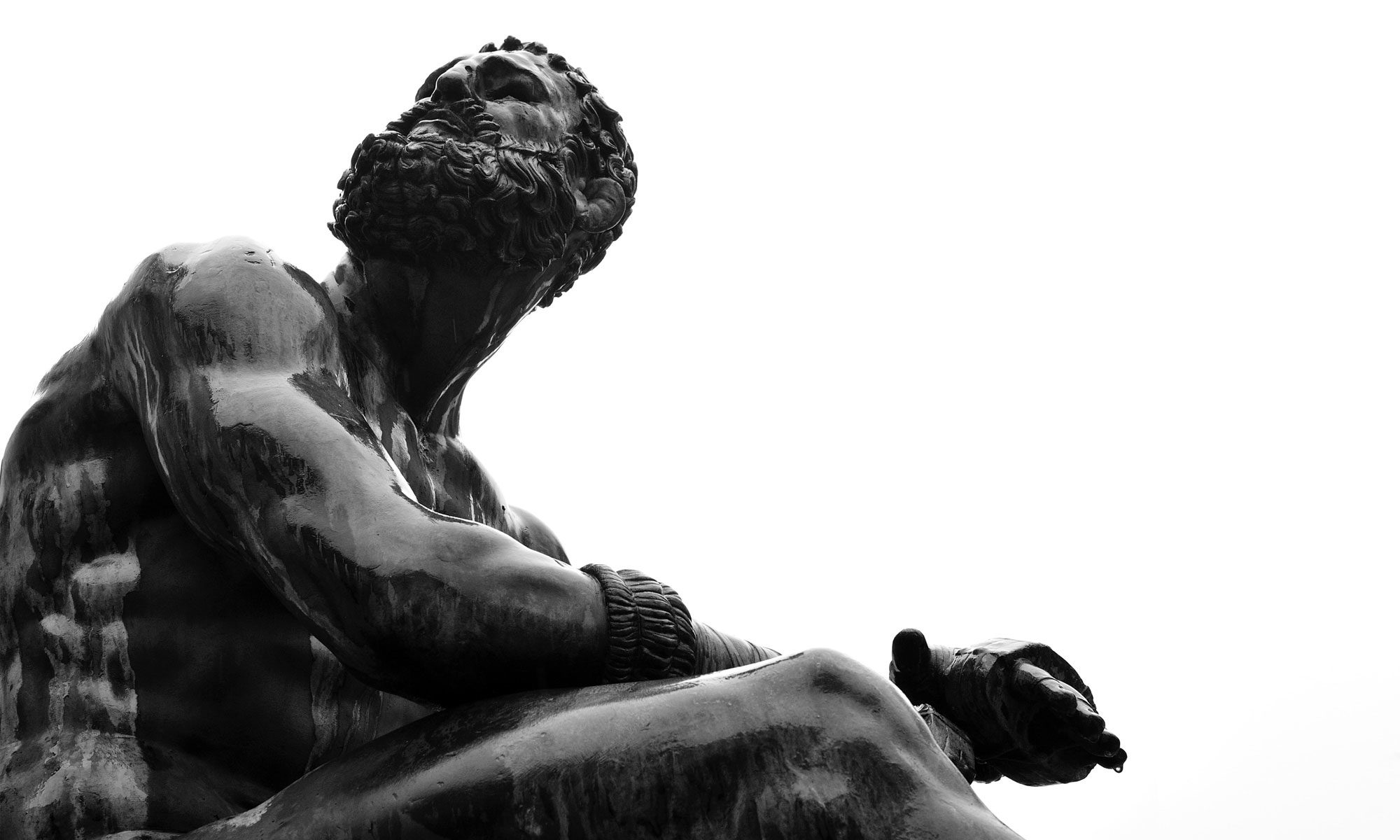I enjoy poems that are accessible on first read. Who Remembers Davenport tells a story of two jazz artists first encounter. The writer sets the scene so realistically you can see it.
More than a story, he uses jazz as a metaphor for inspiration and commentary on social change. Read the first line and last stanza again. This is a story making a statement.
|
|
|
|
|
|
|
Who remembers Davenport, Iowa, in 1920,
the year the city voted Socialist?
No one now alive could cast a ballot,
and the white-boy jazzers of Scott County
Didn’t care about the Revolution, but stood
on a wharf overlooking the muddy river,
Waiting for a riverboat loaded with music
from the red-light district of New Orleans.
One of them, just seventeen that year,
had heard it hardest. On the deck
Of the paddle-wheeler, high above the dock
and its straggling crowd, a Black man lifted
His ordinary cornet and blew the world away.
No one in all of Iowa knew his name
Except that young man, who understood
his betters when he heard them.
That day he heard it all and soon he would ride
Like Armstrong up river to Chicago on a golden cornet.
You want a revolution? Music was his manifesto.
The clarity of his tone, musicians said,
was like bullets shooting a bell.
The author’s comment
“Who Remembers Davenport” evokes two jazz pioneers, one white and one Black, and centers on the moment when Bix Beiderbecke, then in his late teens, heard the greatest trumpet player in history, Louis Armstrong—an encounter that naturally had a profound effect on Beiderbecke.
The transmission of the art across generations and racial boundaries is a source of fascination for me, no matter what the art; but jazz, more than most, has reinvigorated itself many times in just this way over the decades. Perennially reborn, jazz (and most other musical forms) remains for me a central source of inspiration.”
—T. R. Hummer
